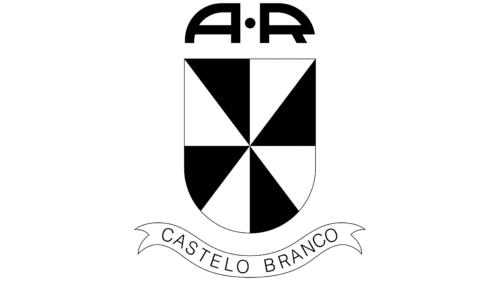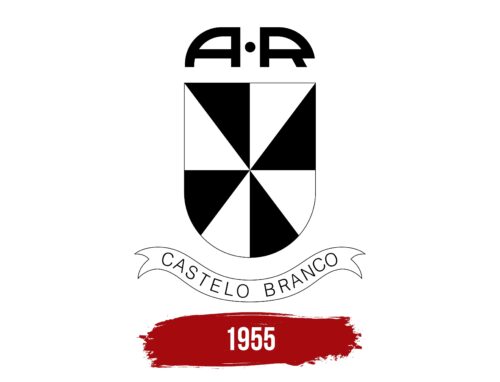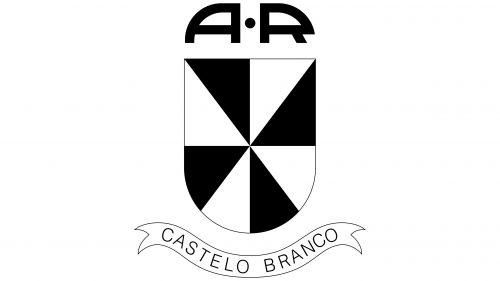Alcobia e Ribeiro: Brand overview
Alcobia e Ribeiro is a Portuguese automobile manufacturer that had a short-lived presence in the automotive industry in the 1950s. The company was founded in 1955 by two business partners, Alcobia and Ribeiro, and was headquartered in Lisbon, Portugal. Its goal was to create compact and affordable cars for the domestic market to meet the post-war economic conditions.
The company’s first creation was a prototype car called the Alco. Introduced in 1955, the two-seat microcar was powered by a 500cc twin-cylinder engine. However, whether the Alco evolved from a prototype into a production car remains unclear, as there is no trace of subsequent models or significant sales figures.
The promising Alcobia e Ribeiro venture seems to have hit a dead end by the late 1950s, just a couple of years after its founding. The failed launch and subsequent operation of the microcar business likely led to the company’s closure.
Today, only scant records of this short-lived Portuguese automobile company remain, indicating that it may have produced only a single prototype car. The story of Alcobia e Ribeiro serves as a testament to the difficulties encountered in trying to create an automobile company of one’s own in Portugal’s difficult post-war economic situation.
Meaning and History
1955
In the middle of the last century, Portuguese automakers produced a unique car, the Alcobia e Ribeiro model, named after its developers. The car has a heraldic logo in the form of a vertically elongated shield, rounded at the bottom. Inside it, there are black and white triangles with different angles – from sharp to straight. In the upper part, there are two capital letters: “A” and “R”, which look almost identical. They are separated by a bold dot. At the bottom, there is a curved ribbon with the inscription “Castelo Branco,” made in a slender uppercase font.
The triangles inside the shield resemble a secret code or a riddle, making you wonder what they stand for. The almost identical letters “A” and “R” give the impression that the two developers were indeed synchronized like best friends. The “Castelo Branco” inscription at the bottom is written so elegantly that it makes you wonder if the car is somehow special, but without too much hype.





